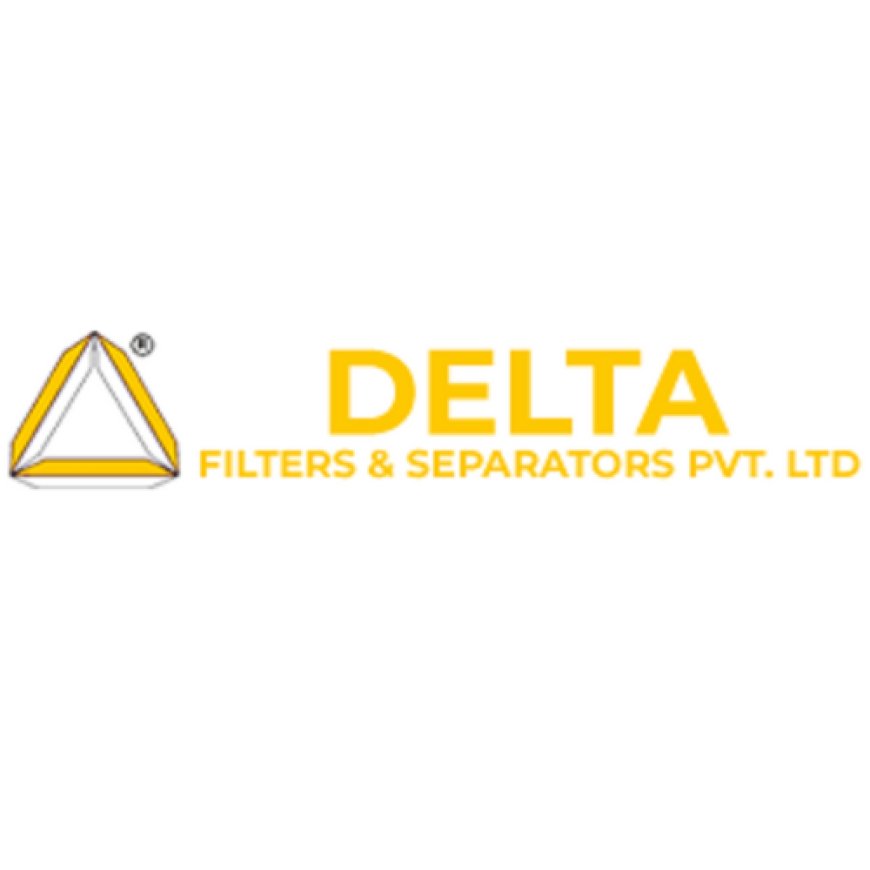7 Common Mistakes to Avoid with Compressed Air Filters
compressed air filters

When it comes to compressed air systems, the quality of the air is just as crucial as the efficiency of the system itself. Compressed air filters play a pivotal role in removing contaminants like dust, oil, and water vapor, ensuring the air that powers pneumatic tools and equipment remains clean and dry. However, despite their importance, the maintenance and management of compressed air filters are often overlooked or mishandled.
Avoiding common mistakes associated with compressed air filters can lead to more reliable operations, prolonged equipment lifespan, and significant cost savings. Here are some of these common pitfalls and tips on how to avoid them.
1. Choosing the Wrong Filter Type
One of the most fundamental mistakes is selecting the wrong type of filter for your application. Compressed air filters come in various types, each designed to remove specific contaminants. For example, particulate filters catch dust and particles, coalescing filters are used for oil and moisture, while activated carbon filters eliminate odors and vapors. Using the incorrect filter type can result in inadequate filtration, leading to damage in downstream equipment. It’s crucial to analyze the specific needs of your system, including the types of contaminants you need to remove, to select the appropriate filter.
2. Ignoring Pressure Drop
Every filter introduces a certain level of pressure drop to the compressed air system, which can lead to efficiency losses and increased energy consumption. Over time, as the filter clogs with contaminants, this pressure drop can exacerbate, forcing your compressor to work harder. Neglecting to monitor and manage pressure drop can significantly inflate energy costs. To avoid this, regularly check and maintain your filters, and consider investing in filters designed with lower pressure drops.
3. Neglecting Regular Maintenance
Frequent maintenance is the linchpin of effective filtration. Over time, filters become clogged with the debris they’ve collected, reducing their efficiency and effectiveness. Failing to replace or clean filters regularly can lead to a host of problems, including increased energy consumption, lowered air quality, and potential damage to pneumatic machinery. Create and adhere to a maintenance schedule based on the manufacturer’s recommendations and the operational demands of your system.
4. Overlooking Environmental Conditions
Environmental conditions play a critical role in the efficiency of compressed air filters. High humidity levels, for example, can lead to more water in the compressed air, necessitating more frequent filter changes. Similarly, environments with high dust concentrations will clog filters more quickly. Failing to account for these conditions can lead to inadequate air quality and system inefficiency. Regularly evaluate your environment and adjust your filtration system and maintenance schedule accordingly.
5. Improper Installation
Improper installation of compressed air filters can lead to leaks, decreased efficiency, and even system failure. Common installation errors include incorrect sizing, wrong orientation, and poor sealing of connections. It's essential to follow the manufacturer's instructions carefully during installation and ensure that the filter is compatible with your system's requirements. Additionally, verifying proper installation by a professional can prevent many of these issues.
6. Forgetting About Future Needs
When selecting a compressed air system and its filters, planning for the current requirements alone can be shortsighted. As your operations expand, your air quality needs may change. Opting for a system that can accommodate future growth and varying air quality requirements can save time, money, and hassle in the long run. Consider modular filters that allow for easy expansion or higher capacity systems that can grow with your needs.
7. Overlooking the Total Cost of Ownership
The initial cost of a compressed air filter is just one part of the overall expense. Operational costs, including energy consumption, maintenance, and potential downtime, significantly contribute to the total cost of ownership. Opting for cheaper, lower-quality filters can lead to higher expenses over time due to inefficiencies and increased maintenance requirements. Assessing the total cost of ownership when selecting filters can lead to more informed, cost-effective decisions.
Conclusion:
Avoiding these common mistakes with compressed air filters requires a proactive and informed approach. By selecting the appropriate filter type, monitoring pressure drop, adhering to a regular maintenance schedule, considering environmental conditions, ensuring proper installation, planning for the future, and understanding the total cost of ownership, you can ensure that your compressed air system operates efficiently and effectively. Remember, the health of your compressed air filters directly impacts the performance and longevity of your compressed air system and the quality of your operations.
What's Your Reaction?























